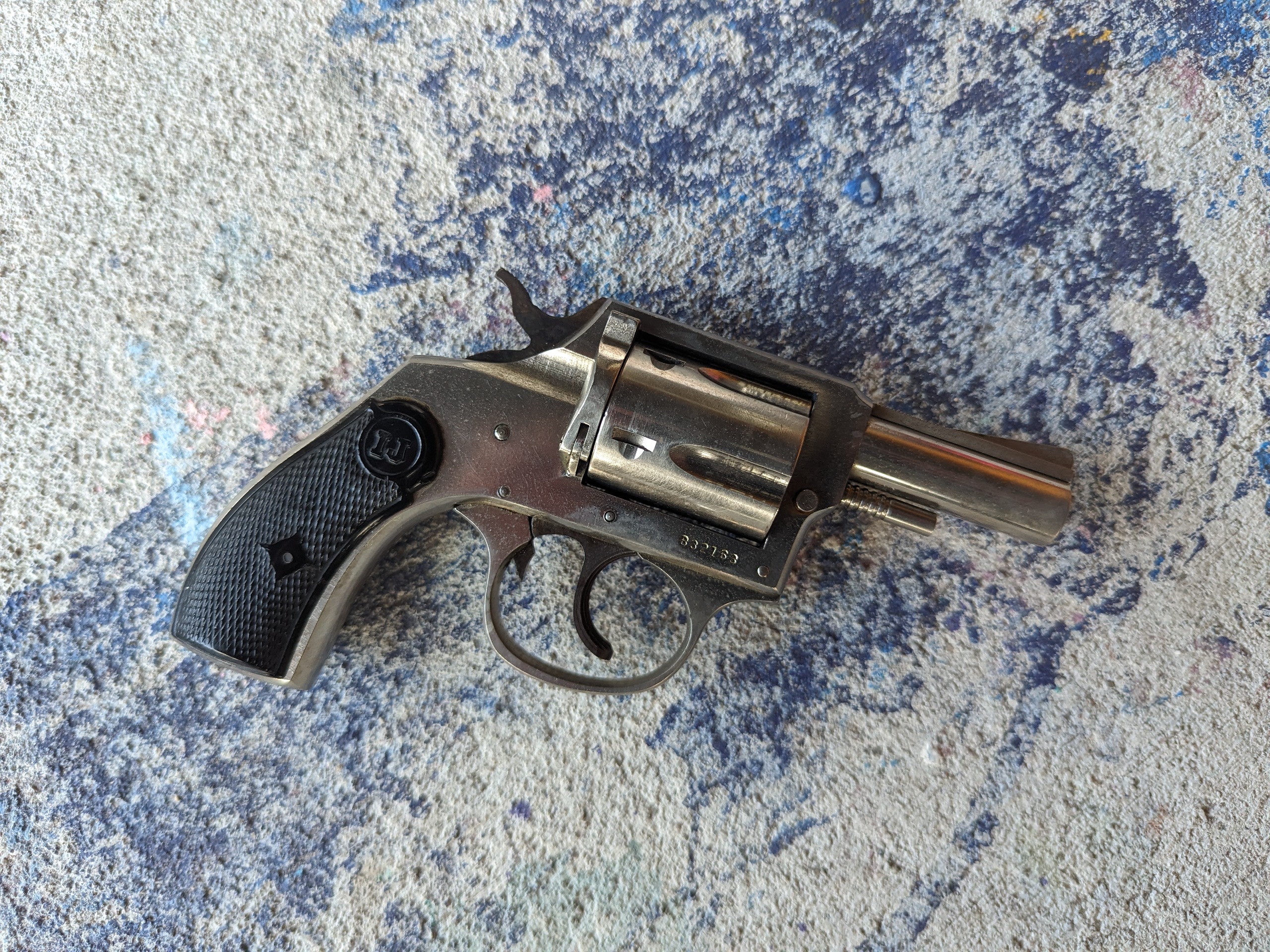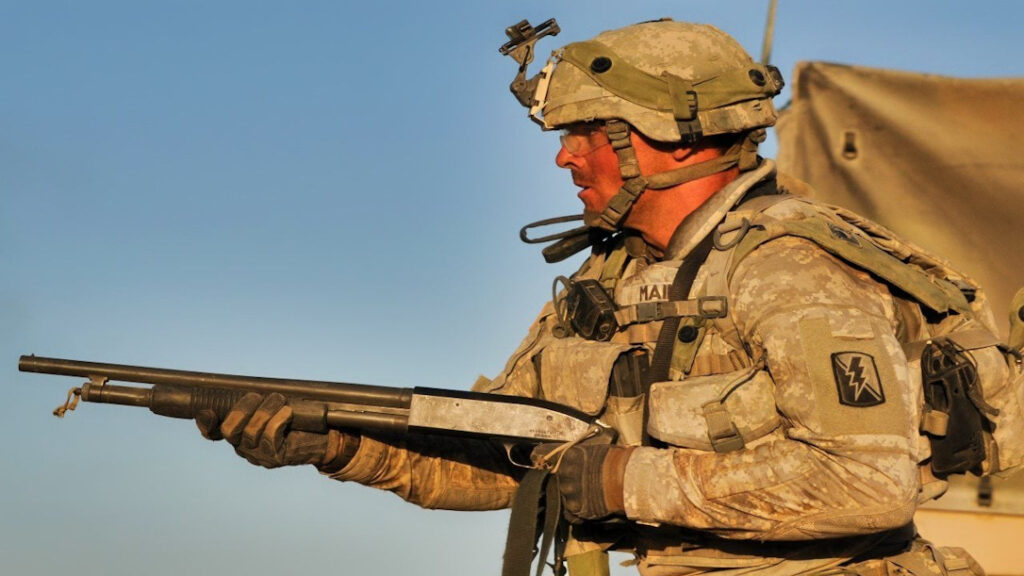There was a meme floating around the gunosphere regarding getting a free box of obscure ammo and using that as an excuse to purchase a gun. The punch line is that you can never find another box of that ammo, so you sell the gun for a loss. I’m in that meme, and I don’t like it! It’s completely true. My local gun store gave me a box of .32 S&W. Not .32 S&W Long, but the original .32 S&W. I had a box and needed a gun, and what do you know, I stumbled across the Iver Johnson 55-SA. Little did I know that his gun and caliber would charm me to no end.
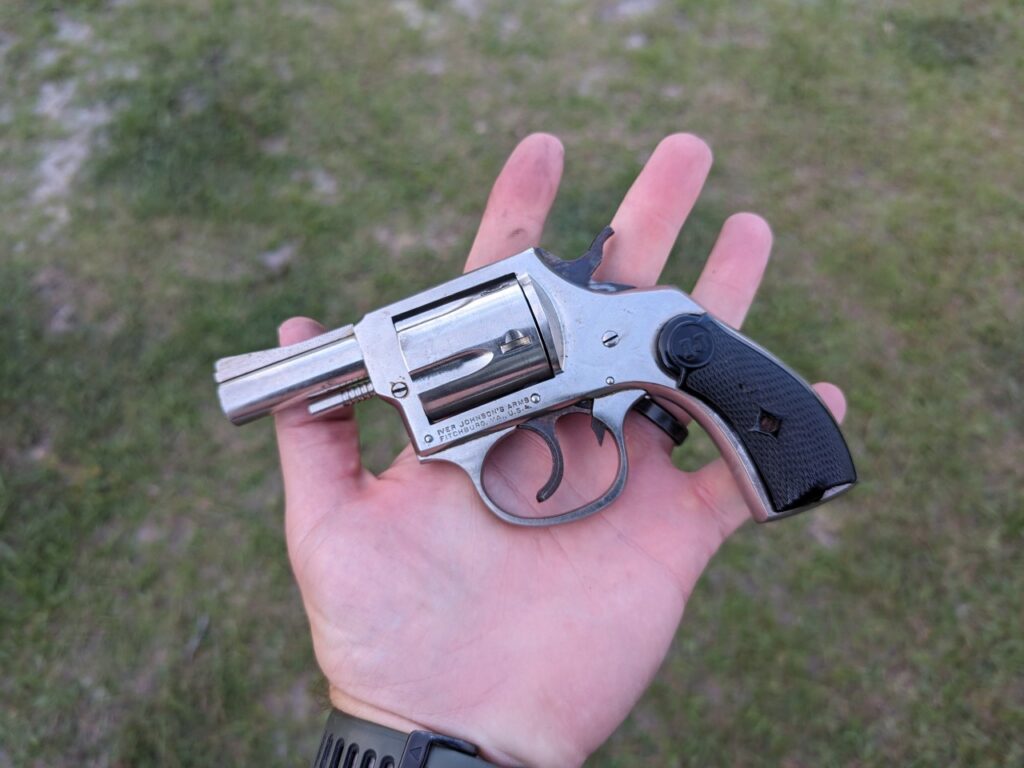
Iver Johnson is an interesting company or was. They are all but a name these days. Iver Johnson used to be a bicycle and arms company. They really had some synergy going back in the old days. In terms of firearms, the Iver Johnson brand became well-known for its affordable double-action revolvers. A gun like the Safety Automatic, which was a revolver, and the Iver Johnson Safety Hammerless. These were small, pocket-sized double-action revolvers that were known for their affordability.
Advertisement — Continue Reading Below
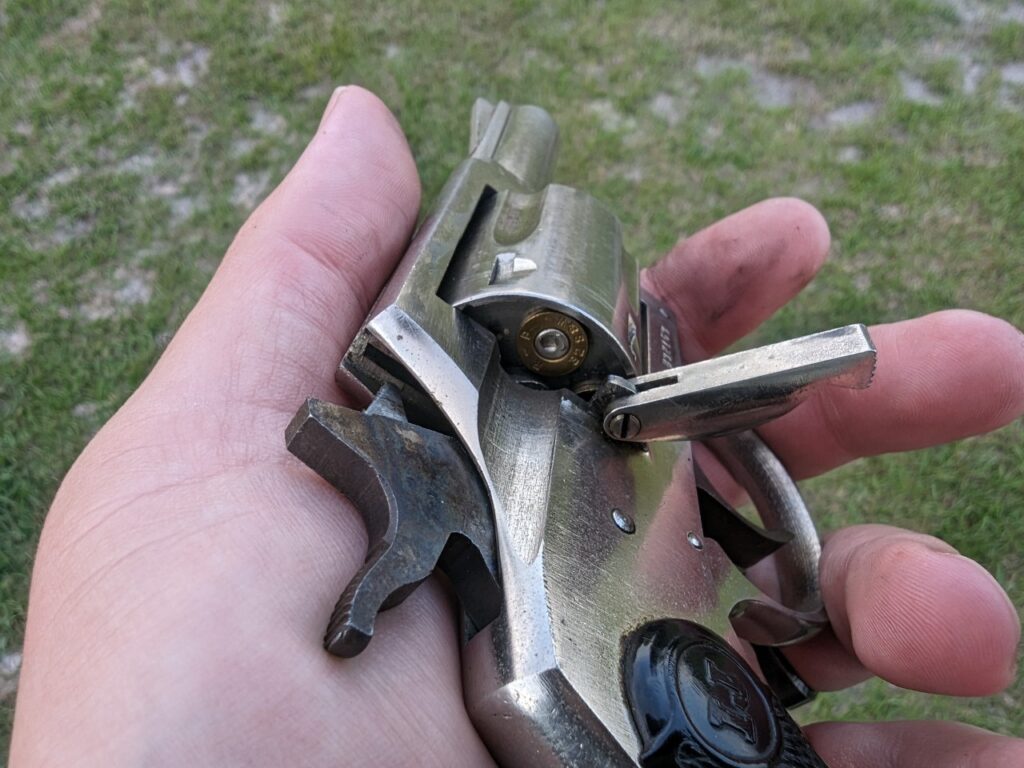
In the 1970s, the Iver Johnson brand was still pumping over revolvers. They stuck to somewhat obscure calibers, like .32 S&W and .38 S&W. They also produced a number of rimfire revolvers. Iver Johnson stuck to their reputation for affordable firearms, and 55-SA was no different. These came in both .38 S&W and .32 S&W and were available with a black or nickel finish. To be clear, the Iver Johnson 55-SA can fire both the .32 S&W and .32 S&W Long.
Breaking Down the 55-SA
These guns were well known for their affordability. We really don’t understand how good we have it. Back in the 1970s, handguns were expensive. When you adjust their cost with inflation, a barebones S&W costs nearly a thousand dollars. You can get an M&P for less than $600 today. Plus, there were nowhere near as many affordable firearm brands. Guns like the 55-SA were important to those with only a little cash to spend.
Advertisement — Continue Reading Below
The little 55-SA was outdated in the mid-70s. It used a double-action design but lacked a side-ejecting cylinder. Instead, the gun had a loading gate like a single-action revolver. The gun is very simple, with a trench rear sight and a ramping front sight. Cheap plastic grips occupy the rear of the gun. The nickel finish is cheap and just waiting to start flecking. In fact, this model is in quite nice shape compared to other guns on the market.
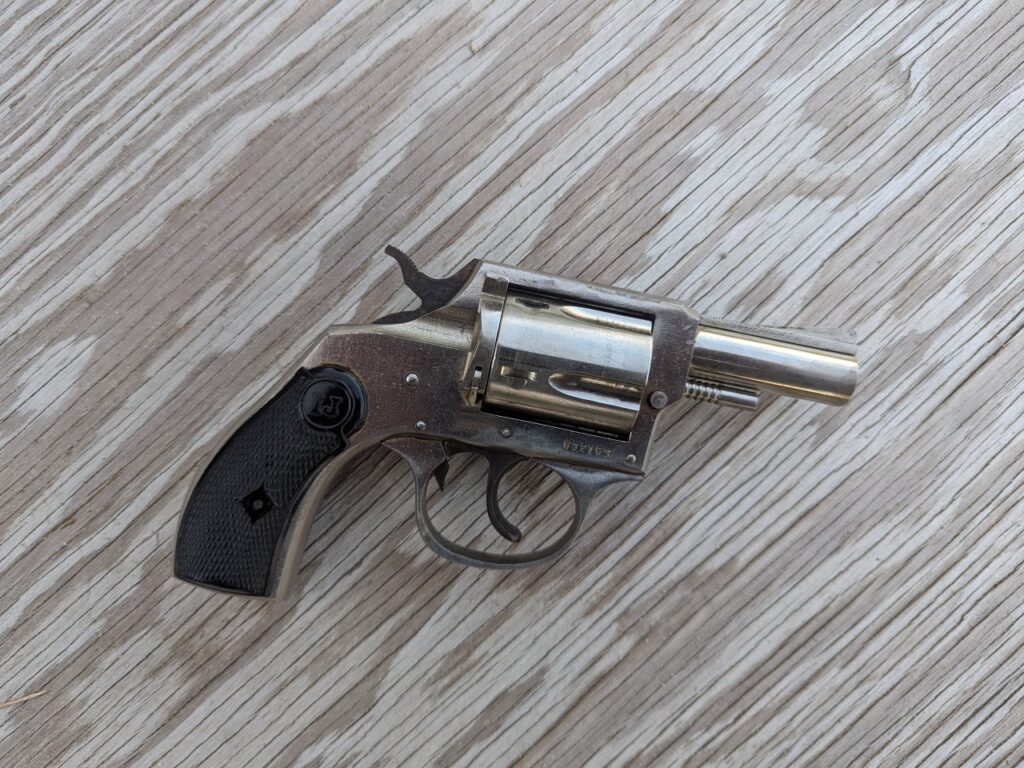
The Iver Johnson 55-SA delivers a double action pull and gives you a nice big hammer to cock if you prefer the single action pull. In fact, you just might because the hammer in its downward position blocks the use of the rear trench sight. You can see the big ramping front sight, but no trench is present.
Advertisement — Continue Reading Below
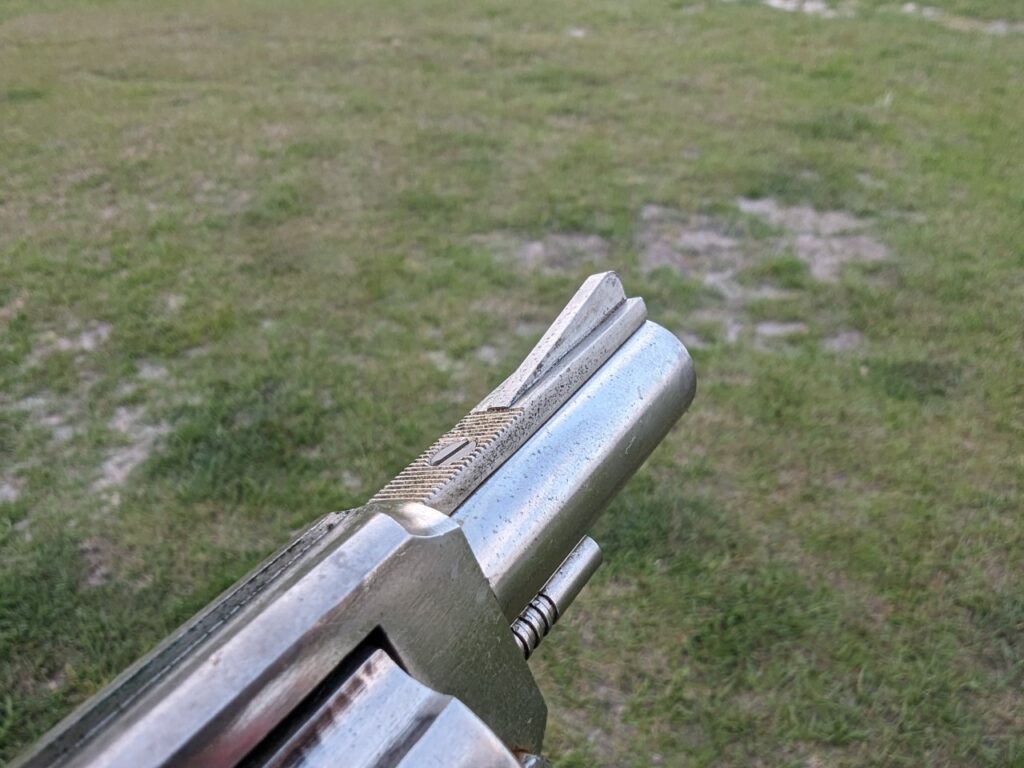
The gun has a 2.5-inch barrel and a rather small frame. Its grip is awkward and feels far from ergonomic, but it works. Iver Johnson chose to go with a huge trigger guard for one reason or another. It seems a bit large for a gun meant to be small. Finally, you can remove the cylinder and use the removable rod to punch out spent cartridges.
To The Range
That one box of .32 S&W Short waited for me, and so did some MagTech .32 S&W Long. The little gun holds five rounds of .32 S&W Short, and loading is easy enough. I was slightly nervous. It’s an old gun designed to be cheap, but it also looks and feels like it is in excellent condition. It just so happened to be love at first shot.
Advertisement — Continue Reading Below
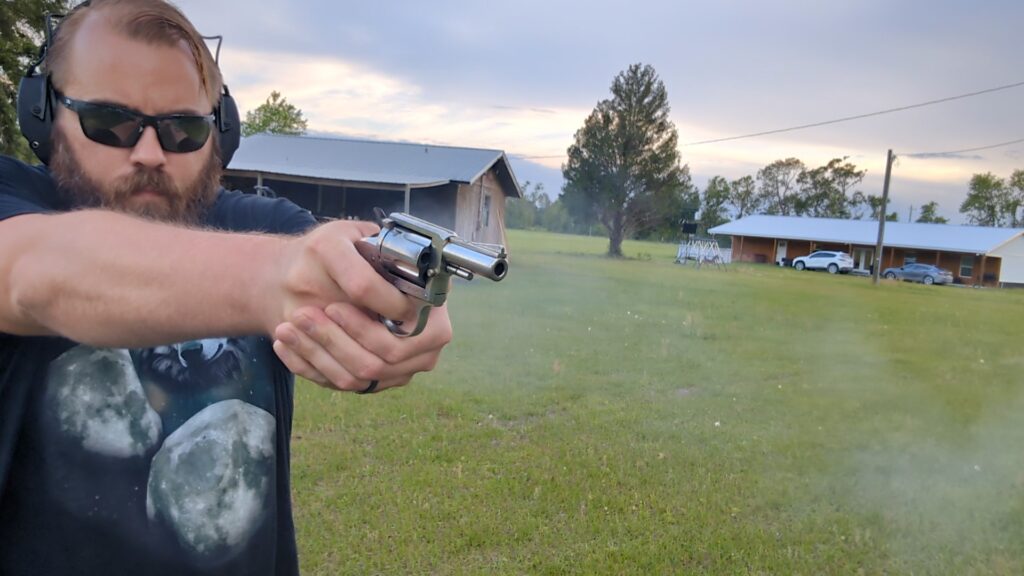
The little .32 S&W cartridge handles a lot like a rimfire pistol. It barely moves, and the little bark barely registers. The .32 S&W Short is no man-stopper. I wouldn’t trust it for self-defense, but I guess it was better than a sharp stick and harsh language. The .32 S&W Long didn’t throw much more recoil but would be the natural option for self-defense if this gun was your only choice. The old .32 S&W Long can just make it deep enough to matter with an FMJ load.
The 55-SA has a long, heavy double-action trigger, but it’s pretty smooth. It won’t win awards, but I can easily hit a 10-inch gong at 15 yards. The hammer blocking the rear sight causes the most issues, and single action makes shooting the gun accurately much easier.
Advertisement — Continue Reading Below
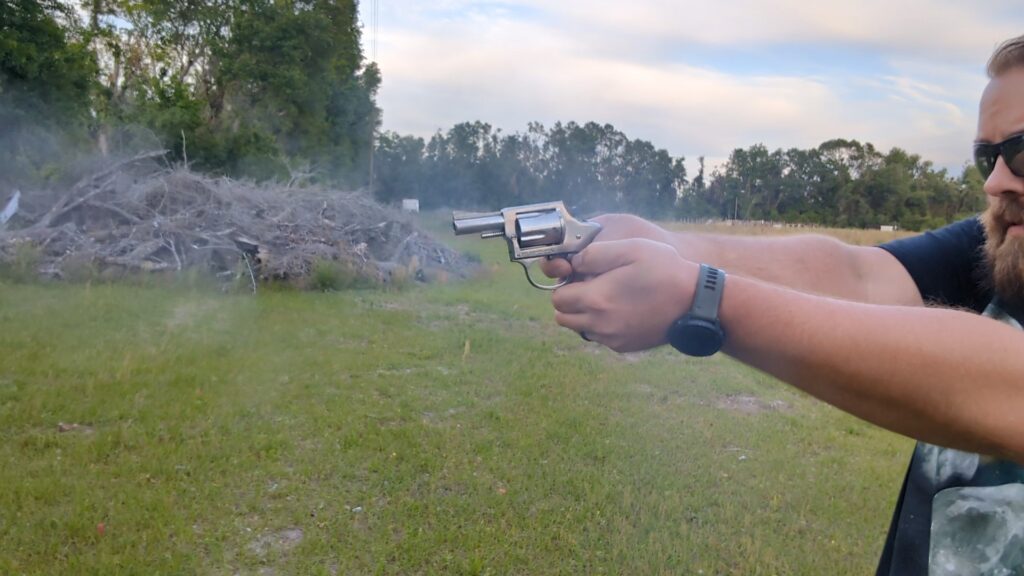
I only fired 50 rounds of .32 S&W and 50 rounds of .32 S&W Long, but they all fired reliably. The little gun barked with each and every shot, and a ding from steel followed most of them.
The Little Iver Johnson
The Iver Johnson 55-SA provided folks on a budget with a somewhat compact option. Back in the 1970s, it likely rode in the glove box or in the nightstands of tons of people. Rarely shot, but it was always appreciated for the piece of mind it brought.
Advertisement — Continue Reading Below
